BSV 1172: Post-Production Update & Some Stills
Since the last post, I’ve been catching up on reviews at KQEK.com and finishing up on BSV 1172, my experimental video store doc, with just the sound design left to wrap up.
The hard part amid the day & night gigs are squeezing proper post-production time so there’s actually a few full days where one can fiddle uninterrupted before committing effects to the hard drive, but even then the process requires some pre-planning via an elaborate flowchart.
BSV 1172‘s last effects sequence I left until the end because it’s a summation of the glitchy visual and aural effects that percolate the doc, and I may still do one more pass and add a few more glitches here and there, because some scenes still look too clean, and the extra effects will act like motifs before the final statement, in which a kind of all hell breaks loose.
(One thing I have to remember is to put a disclaimer at the head of the film and in the festival synopsis about strobing lights. The film’s visual design does use feedback, but everything’s been layered, and some sequences do have the type of strobing, flickering light typical of TV snow and scrambled Pay TV signals several generations remember from their youths. I like it – it’s oddly soothing – but I know some will feel like their heads are melting from certain images.)
The workflow is rather nuts, but it preserves the analogue quality of the film and ensures I can push distortion to its maximum within the analogue realm. I’m sure you can find filters to achieve similar effects, but there’s really no substitute – or subjective pleasure in my mind – in fiddling with knobs and sliders to find a special sweet spot, and very gently nudging potentiometers (knobs) to the last extreme point just before a signal blows out.
It’s that cliff’s edge which enabled me to rip apart footage, and the workflow was a combination of playing back clean footage on the hard drive to SVHS, and then and sending that signal into a video amp, a colour processor, a mixer, a video stabilizer, and then into a Sony GV-D1000 miniDV recorder where the signal is sent not to tape but the hard drive.
The mixer, a Sony SEG-1, is 40+ years old, and the processor, amp, and stabilizer (all Showtime Video Ventures gizmos) are 25+ years old. The reason I use them is because the Sony mixer strips away the colour signal and adds a wringy quality to the outgoing signal; different combinations of adjusted knobs controlling the video signal (and its sync pulse), the luma, chroma, burst, and signal sync also yield very different results.
There’s also a point where a specific setting forces the mixer to put out overblown, bad colour which in turn one can affect with those knobs. Once that footage is on the hard drive, you can pull out specific kinds of noise, emphasize certain colours, layer them, and then start building an effects layout that resembles a 12-track audio mix.
The key is 1) writing down how you’ve patched and set things, 2) fiddling all day without interruptions, and 3) making time to refine and adjust the digitized footage until it’s just right.
Some people might be able to do this in small steps, but I find at some point I need full days where I can blow time and take oblique paths, because sometimes I stumble upon a few surprises.
The layered feedback within that finale is often specific takes from the hard drive or master footage on disc, treated differently in specific passes through the analogue gear, so I can pick and choose what level of distortion I want at specific times.
I shot some video footage while creating the glitches and feedback live, but that’s reserved for the making-of featurettes when the film’s ready for sale, post-film festival. Until then, here’s some stills with brief details:
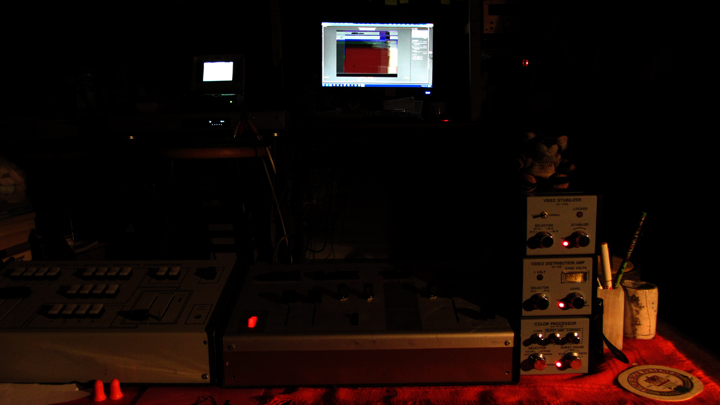
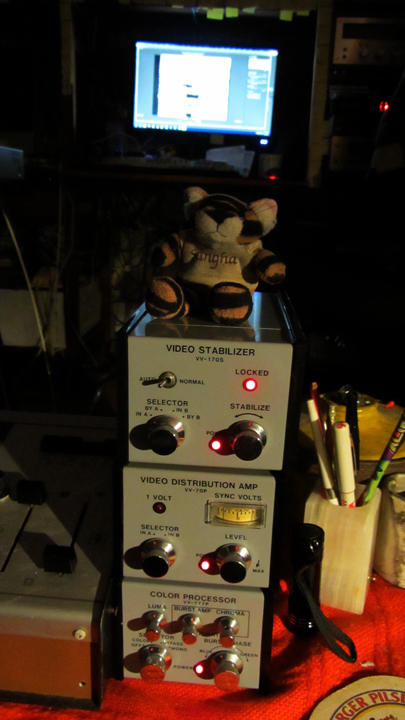
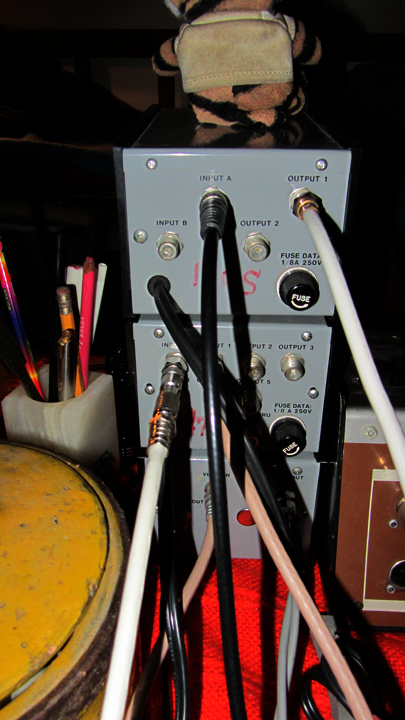
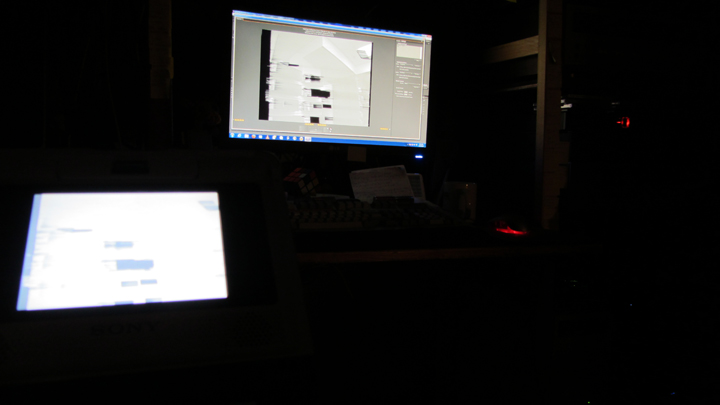
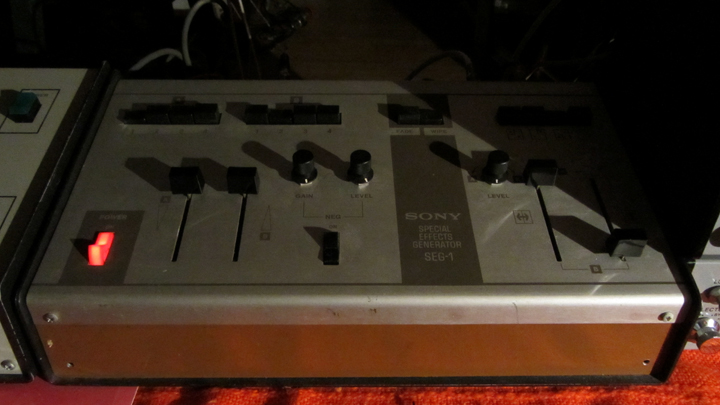
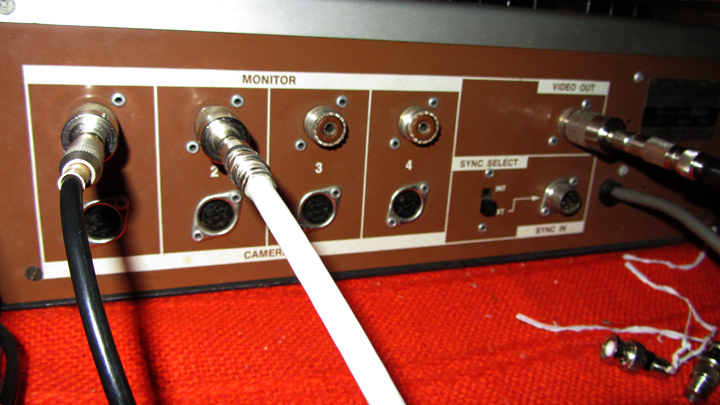
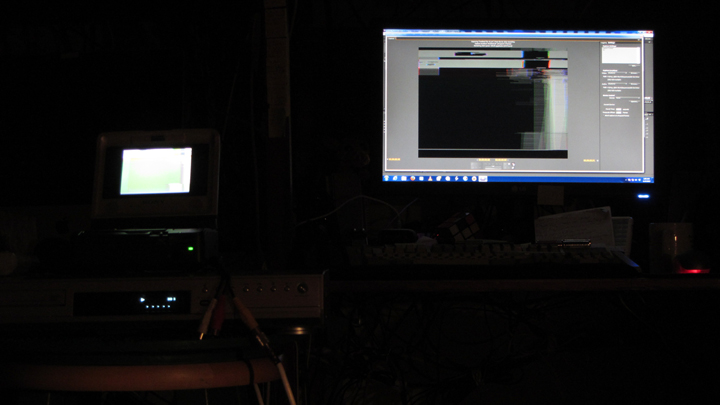
Thanks for reading,
Mark R. Hasan, Editor
Big Head Amusements
